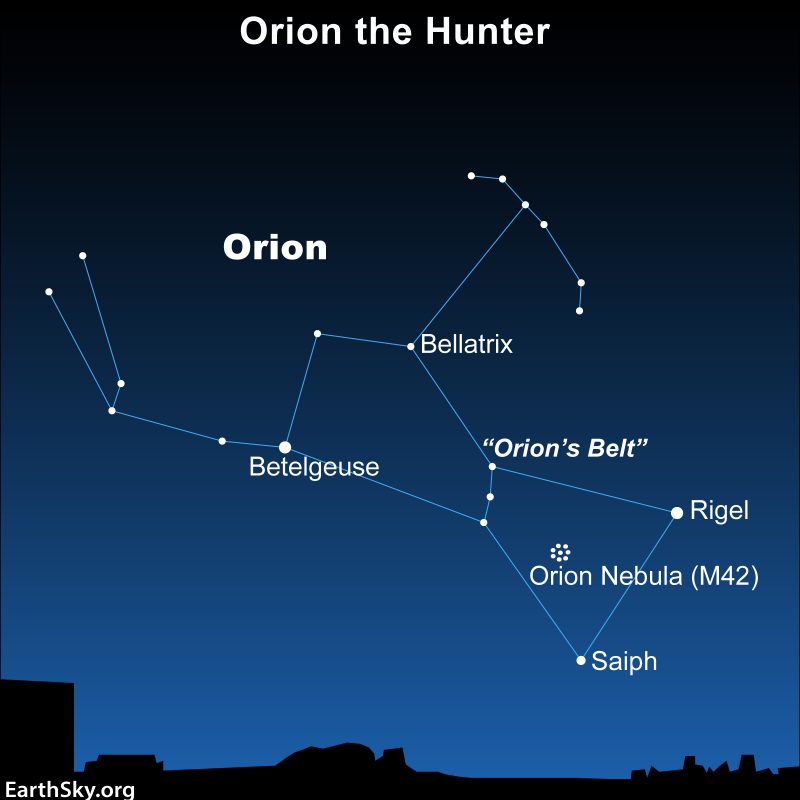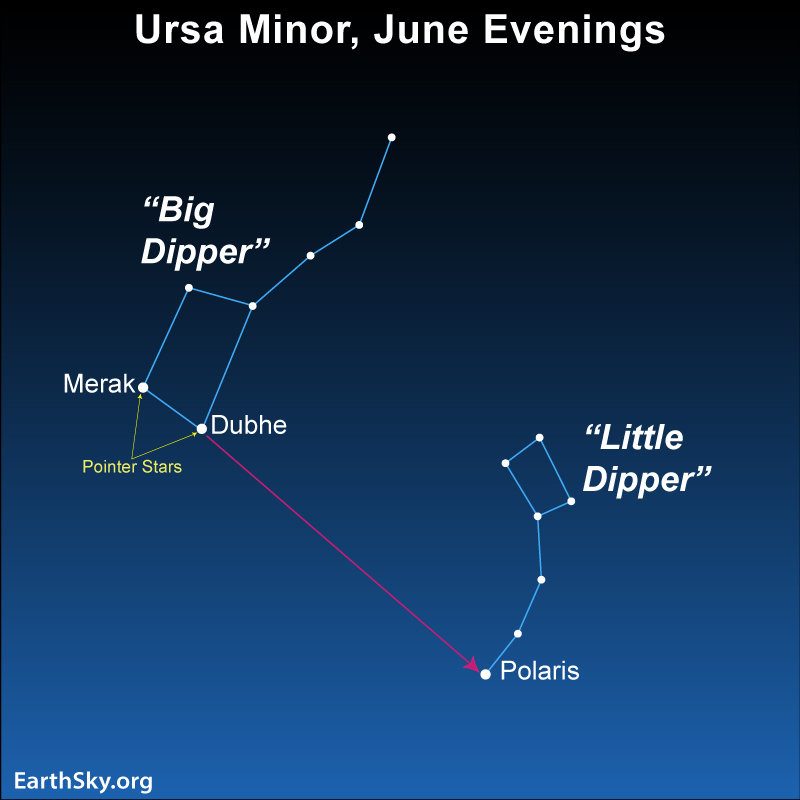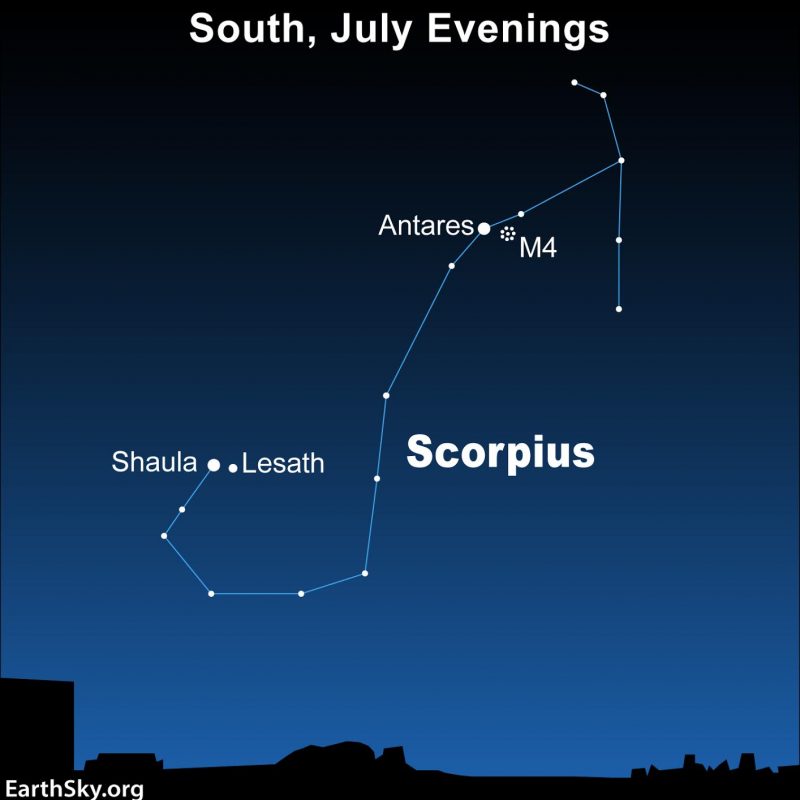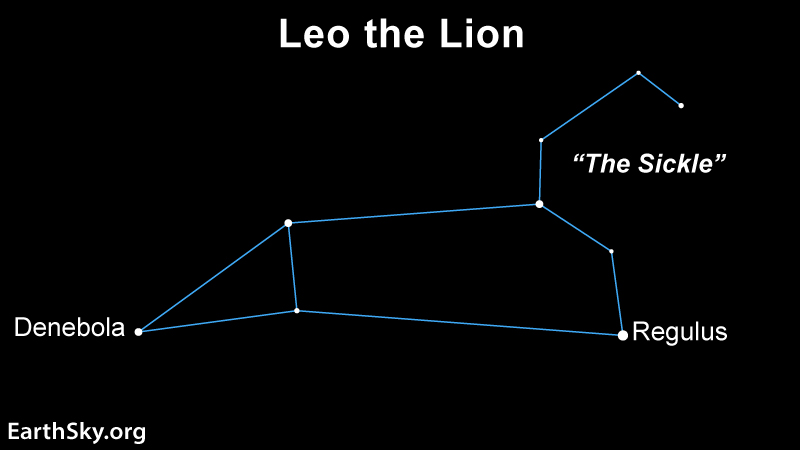Greetings, fellow explorers! Captain Nova here, bringing you another cosmic adventure on Day 24 of “100 Days of Space Exploration.” Today, we turn our gaze toward the celestial patterns that have guided humanity for millennia: constellations. These star formations are more than just beautiful shapes in the night sky; they are cultural touchstones, navigation aids, and keys to understanding the vastness of the universe. So, let’s set our course and explore the world of constellations!

What Are Constellations?
A constellation is a group of stars that appear to form a recognizable pattern or shape when viewed from Earth. These patterns often represent mythological figures, animals, or objects. While the stars within a constellation may seem close together, they are often separated by vast distances in space and only appear connected from our vantage point.
There are 88 officially recognized constellations, covering the entire celestial sphere. Some are easily visible throughout the year, while others only appear during certain seasons. Each constellation has its own unique story and significance, making them one of the most fascinating aspects of observational astronomy.
A Brief History of Constellations
Ancient civilizations used constellations for storytelling, navigation, and marking the passage of time. The earliest known star catalog was compiled by the Babylonians around 3000 BCE, but the Greeks, Egyptians, Chinese, and many other cultures all contributed to mapping the sky.
Greek astronomer Claudius Ptolemy cataloged 48 constellations in the 2nd century CE, many of which remain part of our modern system. During the Age of Exploration, European astronomers added more constellations based on stars visible from the Southern Hemisphere, completing the system we use today. Indigenous cultures across the world also had their own interpretations of the stars, creating rich traditions that remain significant to this day.
For example, the Polynesians used a detailed knowledge of the stars to navigate the vast Pacific Ocean, while the Indigenous peoples of North America saw shapes in the sky that connected with their myths and survival practices. These cultural connections demonstrate the deep and universal human relationship with the stars.
Famous Constellations and Their Stories
1. Orion – The Hunter

One of the most recognizable constellations, Orion, dominates the winter sky. It features the bright stars Betelgeuse and Rigel, as well as the famous Orion’s Belt—a line of three bright stars. In Greek mythology, Orion was a mighty hunter placed in the stars by Zeus. Many cultures, including those of the ancient Egyptians and the Indigenous Australians, have their own interpretations of Orion.
2. Ursa Major and Ursa Minor – The Great and Little Bears

These constellations contain the famous Big Dipper and Little Dipper asterisms. Ursa Minor is home to Polaris, the North Star, which has guided travelers for centuries. Native American and Norse traditions have their own interpretations of these celestial bears, connecting them to legends of strength and endurance.
The Big Dipper, part of Ursa Major, is one of the most recognizable patterns in the night sky. Its distinct shape makes it a useful pointer to Polaris, which sits at the end of the Little Dipper in Ursa Minor. For centuries, sailors and travelers have used these constellations as a natural compass, ensuring they never lost their way.
3. Cassiopeia – The Queen

This W-shaped constellation represents a vain queen in Greek mythology. It is easily spotted in the northern sky and is used by astronomers to locate deep-space objects. Cassiopeia is also associated with the legend of Andromeda, adding to the interwoven stories of the night sky.
4. Scorpius – The Scorpion

Visible in summer, Scorpius is home to Antares, a bright red supergiant star. In mythology, it represents the scorpion that killed Orion. Interestingly, in ancient Mesopotamian astronomy, it was seen as a creature guarding the gates to the underworld.
5. Leo – The Lion

One of the zodiac constellations, Leo, is prominent in spring. It represents the Nemean lion from Greek mythology and contains the bright star Regulus. This constellation has been significant in various cultures, often representing power and majesty.
How Constellations Help Us Navigate
Before GPS, sailors and explorers relied on constellations to find their way. Polaris, the North Star, remains fixed in the sky and marks true north, while the constellations shift around it. The Southern Cross serves a similar role in the Southern Hemisphere.
Ancient mariners, such as the Polynesians and Vikings, used celestial navigation extensively. By observing the positions of stars and their relation to the horizon, they were able to traverse vast distances across oceans with remarkable accuracy.
Astronomers also use constellations to map the night sky. The Messier Catalog and NGC Catalog organize deep-space objects within specific constellations, helping scientists locate galaxies, nebulae, and star clusters.
Modern Astronomy and Constellations
While constellations have historical and navigational significance, modern astronomers focus on the actual positions and properties of stars rather than their groupings. However, constellations still serve as useful reference points for locating celestial objects.
Constellations and Deep-Sky Observations
Some constellations serve as home to incredible deep-space objects. For example:
- Orion contains the Orion Nebula, one of the most studied stellar nurseries in the universe.
- Andromeda is home to the Andromeda Galaxy, the nearest spiral galaxy to the Milky Way.
- Lyra features the Ring Nebula, a stunning example of a planetary nebula.
One of the most fascinating aspects of constellations is their impermanence. Due to the motion of stars over thousands of years (a phenomenon called proper motion), the constellations we see today will gradually shift and change. Future generations will gaze upon a slightly different sky!
Constellations in Pop Culture
Beyond their scientific and navigational uses, constellations continue to inspire art, literature, and even modern astronomy missions. Space agencies have named many space telescopes and missions after celestial objects, such as the Orion Spacecraft, which will take astronauts back to the Moon.
Constellations also play a role in astrology, where they are associated with the zodiac signs that many people follow today. While astrology is not a science, the cultural significance of these patterns is undeniable.
Looking Ahead
Tomorrow, we’ll explore a cosmic explosion of epic proportions: Supernova: The Death of a Star. These celestial detonations are among the most powerful events in the universe, shaping galaxies and seeding the cosmos with elements essential for life.
Until then, keep your eyes on the stars, and never stop exploring!
Captain Nova
Odyssey Explorer
Leave a Reply